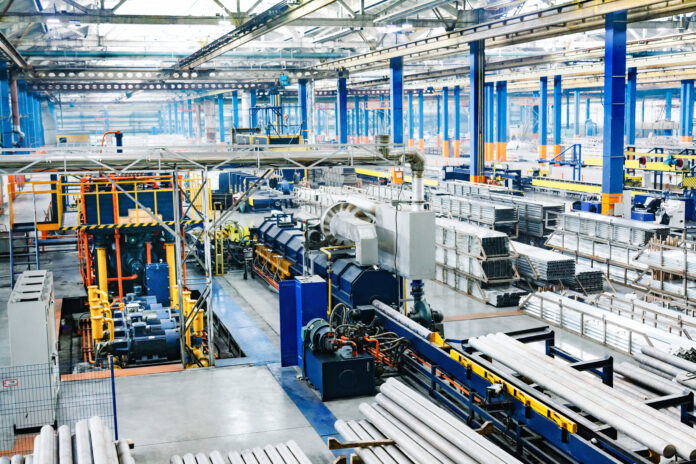
In a promising sign for the global economy, March witnessed a robust acceleration in the rate of growth in manufacturing production, reaching its highest level since June 2022, driven by a surge in new orders.
The expansion was not only widespread across nations but also across sectors, with notable growth observed in consumer, intermediate, and investment goods industries across 16 out of 32 countries surveyed,
According to the latest data from the JP Morgan Global Manufacturing PMI, a composite index developed in collaboration with S&P Global Market Intelligence, ISM, and IFPSM, March recorded a PMI reading of 50.6, up from 50.3 in February.
This marks the highest reading since July 2022, signalling marginal improvements in overall operating conditions for the second consecutive month.
Three key sub-indices, namely new orders, output, and employment, indicated expansions in March, further bolstering the positive outlook.
“The recovery also looks to be broadening by both sector and region, with gains seen across the consumer, intermediate and investment goods industries and in most of the major economies covered by the survey,” stated Bennett Parrish, global economist at JP Morgan.
He continued, “This is also filtering through to the labour market, with the employment index breaking above the 50-mark for the first time in seven months.”
However, indicators tracking supplier lead times and stocks of purchases pointed towards a slight deterioration in manufacturing sector performance.
The momentum in manufacturing output was underpinned by the fastest growth in new orders since May 2022, while the trend in new export business moved closer to stabilization, with intake decreasing at the joint-slowest rate in 25 months.
Notably, India led the global manufacturing output growth rankings in March, followed by strong performances in Greece, Indonesia, Russia, and Brazil.
The United States and China also experienced accelerated growth to 22- and ten-month highs, respectively.
In a positive development for the labour market, manufacturing employment saw a slight increase for the first time since August 2023, driven by gains in the consumer and investment goods sectors, particularly in countries such as the US, Japan, India, Brazil, and Russia.
Furthermore, the end of the first quarter witnessed increases in input costs and selling prices, albeit at slightly eased rates of inflation.
Input and finished goods inventories were reduced, while purchasing activity remained unchanged compared to the previous survey month.
Additionally, supplier performance showed a slight improvement as average delivery times shortened for the second consecutive month.
Despite ongoing challenges, business optimism remained stable in March, maintaining proximity to the nine-month high reached in January, with sentiment improving particularly in the intermediate and investment goods industries.



















